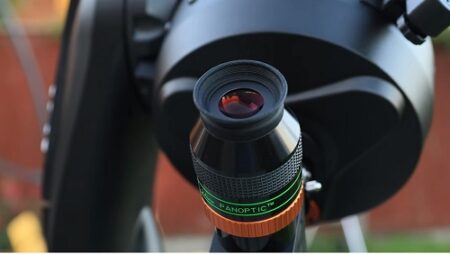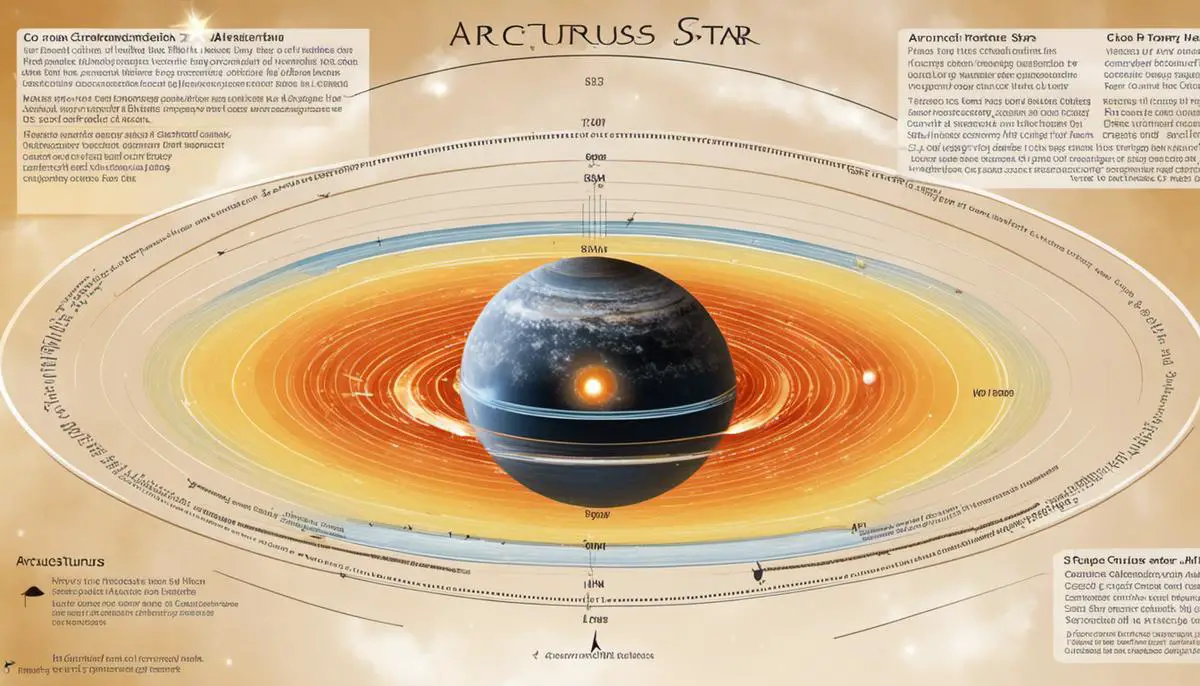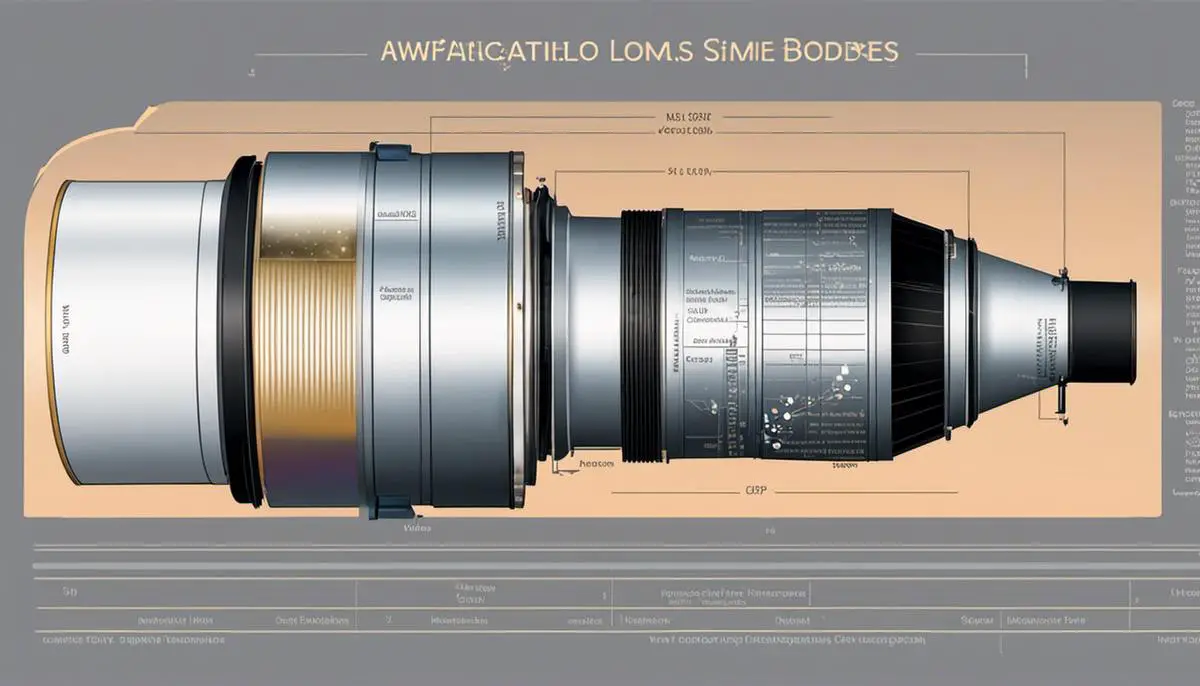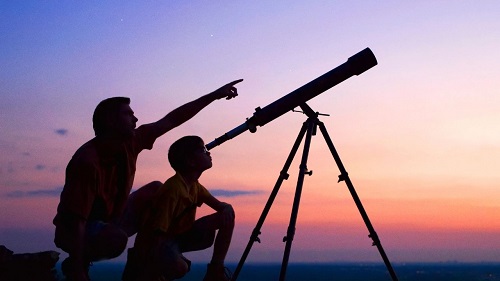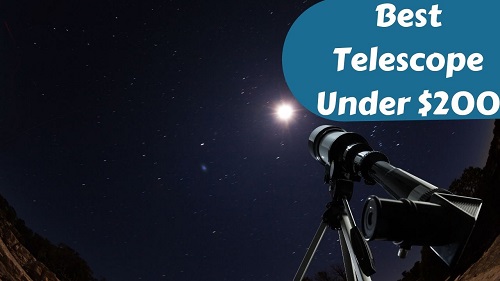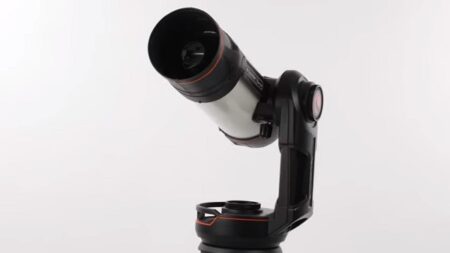When it comes to astrophotography, choosing the right telescope is crucial. Two popular options in the market are the Redcat 51 and the Zenithstar 61.
Both these telescopes offer impressive features and capabilities, but understanding their differences can help you make an informed decision.
In this article, we will compare the Redcat 51 and Zenithstar 61 in terms of their specifications, performance, image quality, ease of use, and more. So let’s dive in and explore these two remarkable telescopes!
Redcat 51 vs Zenithstar 61
| Features | Redcat 51 | Zenithstar 61 |
|---|---|---|
| Aperture | 51mm | 61mm |
| Focal Length | 250mm | 360mm |
| Focal Ratio | f/4.9 | f/5.9 |
| Lens | Fully multi-coated | Premium ED glass |
| Image Quality | Excellent sharpness | Superior color correction |
| Portability | Compact and lightweight | Relatively portable |
| Price | Budget-friendly | Slightly higher |
| Ease of Use | User-friendly | Smooth focusing mechanism |
| Astrophotography | Ideal for wide-field imaging | Suitable for detailed imaging |
| Mounting Options | Lightweight mount included | Compatible with various mounts |
| Customer Reviews | Positive feedback | Positive feedback |
| Pros | Compact design, wide field of view, budget-friendly | Larger aperture, superior color correction, higher magnification |
| Cons | Smaller aperture, limited magnification | Slightly higher price, larger size for portability |
Overview of Redcat 51
Features and Specifications
The Redcat 51 is a compact refractor telescope designed specifically for astrophotography. It boasts a 51mm aperture and a focal length of 250mm, making it ideal for capturing wide-field images of celestial objects. This telescope features a high-quality, fully multi-coated lens that minimizes chromatic aberration and delivers sharp, clear images. It also has a fast f/4.9 focal ratio, allowing for shorter exposure times and reducing the chances of star trailing.
Performance and Image Quality
The Redcat 51 excels in delivering stunning astrophotography results. Its wide field of view allows you to capture expansive nebulae, star clusters, and even the Milky Way with impressive detail. The telescope’s optical performance is exceptional, providing excellent sharpness across the frame. The compact size and lightweight design make it highly portable, enabling astrophotographers to set up quickly and capture breathtaking images from various locations.
Overview of Zenithstar 61
Features and Specifications
The Zenithstar 61 is another popular option for astrophotography enthusiasts. This refractor telescope offers a larger 61mm aperture and a longer focal length of 360mm. With its f/5.9 focal ratio, it strikes a balance between capturing wider views and providing higher magnification for detailed imaging. The lens is crafted using premium ED glass, ensuring minimal chromatic aberration and superior color correction.
Performance and Image Quality
The Zenithstar 61 is known for its impressive image quality and versatility. The larger aperture and longer focal length allow for capturing more light and finer details of celestial objects. Whether you’re photographing galaxies, planets, or intricate nebulae, this telescope delivers sharp and well-defined images. The ED glass plays a significant role in reducing chromatic aberration, resulting in true-to-life colors and enhanced contrast.
Price Comparison
Both the Redcat 51 and Zenithstar 61 fall within a similar price range, making them accessible to a wide range of astrophotography enthusiasts. However, the Redcat 51 tends to be more budget-friendly, making it an attractive option for beginners or those on a tighter budget. On the other hand, the Zenithstar 61 offers slightly higher performance and a larger aperture, justifying its slightly higher price tag.
Design and Portability
When it comes to design and portability, both telescopes offer distinct advantages. The Redcat 51’s compact and lightweight design makes it incredibly portable. It can easily fit in a backpack, allowing astrophotographers to explore different locations conveniently. The Zenithstar 61, although slightly larger, is still relatively portable and can be transported with ease. Its sturdy build quality ensures durability during travels.
Aperture and Focal Length
The aperture and focal length of a telescope are crucial factors in determining its capabilities. The Redcat 51’s 51mm aperture provides a wider field of view, making it suitable for capturing vast regions of the night sky. With its 250mm focal length, it offers a good balance between wide-field imaging and capturing specific objects with moderate magnification. On the other hand, the Zenithstar 61’s larger 61mm aperture allows for capturing more light and finer details. Its 360mm focal length offers higher magnification, making it suitable for capturing distant galaxies and planets with greater detail.
Image Quality and Sharpness
Both the Redcat 51 and Zenithstar 61 deliver exceptional image quality, but their performance differs slightly. The Redcat 51 produces impressive sharpness across the frame, with minimal distortion and vignetting. It excels in capturing wide-field views and is particularly adept at capturing nebulae and star clusters. The Zenithstar 61, with its larger aperture and ED glass, offers superior color correction and reduced chromatic aberration. It delivers sharp and detailed images with excellent contrast, making it a great choice for capturing intricate objects.
Ease of Use and Handling
In terms of ease of use, the Redcat 51 and Zenithstar 61 both offer user-friendly experiences. The Redcat 51’s intuitive design allows for quick and straightforward setup, enabling beginners to get started with astrophotography easily. The Zenithstar 61, while slightly more advanced, still provides a user-friendly experience with its smooth focusing mechanism and sturdy build quality. Both telescopes come with dedicated camera adapters, making it convenient to attach DSLR or mirrorless cameras.
Astrophotography Performance
When it comes to astrophotography, both the Redcat 51 and Zenithstar 61 excel in their own right. The Redcat 51’s wider field of view and fast focal ratio make it perfect for capturing stunning wide-angle shots of the night sky. It is particularly well-suited for photographing nebulae and star clusters. The Zenithstar 61’s larger aperture and longer focal length allow for capturing more intricate details of celestial objects, making it a great choice for imaging galaxies, planets, and lunar features.
Mounting and Accessories
Both telescopes come with mounting options that offer stability and ease of use. The Redcat 51 includes a lightweight and portable mount, allowing for quick and secure setup. It also comes with a dedicated field flattener that corrects any field curvature, ensuring sharp images from edge to edge. The Zenithstar 61 can be mounted on various types of equatorial or alt-azimuth mounts, providing flexibility based on the user’s preferences. It also offers a dedicated flattener/reducer for astrophotography, allowing for optimal image quality.
Customer Reviews and Feedback
Customer reviews and feedback can provide valuable insights into the real-world performance of telescopes. The Redcat 51 has received positive reviews from users, who appreciate its compact size, image quality, and ease of use. Many beginners have found it to be an excellent entry-level telescope for astrophotography. The Zenithstar 61 has also garnered positive feedback, with users praising its superior image quality, versatility, and robust construction.
Redcat 51 vs Zenithstar 61: Pros and Cons
Redcat 51
Pros:
- Compact and lightweight design for portability.
- Budget-friendly option for beginners.
- Wide field of view for capturing expansive scenes.
- Excellent sharpness and minimal distortion.
- Intuitive setup and user-friendly experience.
Cons:
- Smaller aperture compared to Zenithstar 61.
- Limited magnification for capturing distant objects.
- May require additional accessories for optimal performance.
Zenithstar 61
Pros:
- Larger aperture for capturing more light.
- Superior color correction and reduced chromatic aberration.
- Higher magnification for detailed imaging.
- Versatile performance for capturing a variety of celestial objects.
- Smooth focusing mechanism and sturdy build quality.
Cons:
- Slightly higher price compared to Redcat 51.
- Slightly larger size for portability.
Related Questions
Can I use the Redcat 51 and Zenithstar 61 for visual observation as well?
Yes, both telescopes can be used for visual observation, but their primary focus is astrophotography. Keep in mind that their designs prioritize imaging capabilities over visual observing.
Do the Redcat 51 and Zenithstar 61 come with a warranty?
Yes, both telescopes typically come with a warranty from the manufacturer. It’s advisable to check the specific warranty terms and conditions before making a purchase.
Can I attach a DSLR or mirrorless camera to these telescopes?
Yes, both the Redcat 51 and Zenithstar 61 come with dedicated camera adapters that allow for easy attachment of DSLR or mirrorless cameras. This enables you to capture stunning images of the night sky.
Which telescope is better for photographing galaxies and planets?
The Zenithstar 61, with its larger aperture and longer focal length, is better suited for photographing galaxies and planets. It offers higher magnification and finer details, allowing for more detailed imaging of these celestial objects.
Can I use the Redcat 51 and Zenithstar 61 with different mounts?
Yes, both telescopes can be used with various types of mounts, including equatorial and alt-azimuth
Conclusion
In conclusion, both the Redcat 51 and Zenithstar 61 are excellent telescopes for astrophotography, each with its own strengths.
The Redcat 51’s compact size, budget-friendly price, and wide field of view make it a great choice for beginners and those interested in wide-field imaging.
On the other hand, the Zenithstar 61’s larger aperture, superior color correction, and higher magnification offer enhanced capabilities for capturing finer details and a wider range of celestial objects. Ultimately, the choice between the Redcat 51 and Zenithstar 61 depends on your specific needs, budget, and astrophotography goals.

I’m Ali. BestTelescopeReview.com is my little place on the web to express what I’ve learned first-hand, specially about the telescope part. I am writing these articles to share my love for astronomy with you.

